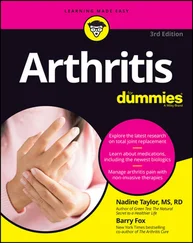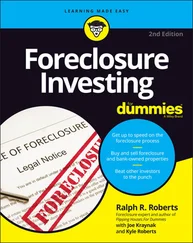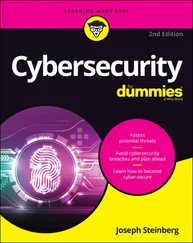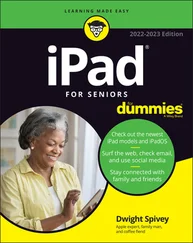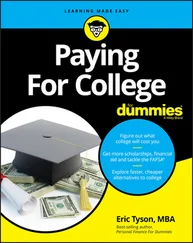Drop by the main post office. If you send packages and letters even on a semi-regular basis, you can probably explain what happens inside a post office from your own experience. But some branches offer tours. Call your local post office for details.
Pick apples or pumpkins. If you happen to live within driving distance of an apple orchard or pumpkin patch, these businesses usually welcome small batches of homeschoolers, especially when compared to the huge busloads they usually receive. Although such a field trip also counts as science — because the fruit grows — the facility often includes some information about what happens to the fruit after picking. This gives your child a frame of reference for that apple cider he sees on the store shelves.
Visit a local bakery. Small bakeries often give tours — as well as fresh, yummy samples.
Visit the fire station. Firefighters are used to giving tours to groups of small children, and they stress safety at the same time that they show the kids around their huge fire trucks.
 Older elementary students need basic information about maps, continents, rivers, hemispheres, peoples, and latitudes. An easy way to incorporate everything at one time is to pick a spot on the map and study that spot. After you settle on a country, find out everything you can about it.
Older elementary students need basic information about maps, continents, rivers, hemispheres, peoples, and latitudes. An easy way to incorporate everything at one time is to pick a spot on the map and study that spot. After you settle on a country, find out everything you can about it.
Determine the country’s longitude and latitude.
Find out about its people. Who are they? What do they do for a living?
List or describe the country’s major produce or production — from corn to cars, almost every country produces something.
Name and give examples of the language or languages spoken by the population.
Name its nearest oceans and outstanding topography (mountains, valleys, and such).
Locate its continent.
This, in essence, is social studies — learning about the world and its people. A nice portfolio or report on each country tracks your progress and proves to anyone who may be interested that you are actually covering social studies in a logical manner.
Several publishers produce social study guides, both in unit-study form (which is basically what is outlined in the preceding section) and in grade-level-textbook form, should you decide to use them. For more information on unit studies, see Chapter 15.
 Instead of social studies, I teach biography, history, and culture from various time periods. I also cover geography as a separate class. More of a classical education approach (see Chapter 11for more about classical education), it starts with history and brings it to life. Then I answer any miscellaneous social studies questions that arise along the way.
Instead of social studies, I teach biography, history, and culture from various time periods. I also cover geography as a separate class. More of a classical education approach (see Chapter 11for more about classical education), it starts with history and brings it to life. Then I answer any miscellaneous social studies questions that arise along the way.
Firing Up the Bunson Burner
Science is everywhere. Especially when you’re four feet tall. Gazing at the clouds counts as science, particularly if some helpful adult (that would be you) identifies them by type for your child. Watching a favorite plant grow and flower is science. It’s also science when you forget to water it and the plant dies — a way of redeeming all those plants I kill.
Although you can purchase elementary science books for your child as she passes through each grade level, you may want to concentrate on the real world and its offerings for the first six years or so.
Go outside and explore nature.
Conduct experiments with household items. I don’t know how many times we’ve done the old baking soda-and-vinegar-volcano project, but it’s still a family favorite.
Create a kite from a sheet of printer paper and fly it. You learn much about wind this way.
Find a plastic can or honest-to-goodness rain gauge and set it outside to measure the rainfall. If you remember to measure and then empty it after each good rain, you get a good idea of the precipitation in your area.
Hang an all-weather thermometer outside and graph each day’s temperature in Fahrenheit and Celsius.
Try raising an ant farm, brine shrimp, or mice. This, of course, depends much on your general pet tolerance — your children will survive if they only see ants outdoors.
 Your library provides a wealth of books in the sciences. If you need a few fresh ideas, wander up and down the juvenile science section of your local library and pull books at random. (Remember to put them back when you’re finished or your librarians will dislike me intensely.) You should find science biographies and books chock full of experiments as well as books about animals, plants, rocks, and so on.
Your library provides a wealth of books in the sciences. If you need a few fresh ideas, wander up and down the juvenile science section of your local library and pull books at random. (Remember to put them back when you’re finished or your librarians will dislike me intensely.) You should find science biographies and books chock full of experiments as well as books about animals, plants, rocks, and so on.
Before the last few years, finding a solid, evidence-based homeschool science book was like retrieving Excalibur from your local lake. Unless you knew how to order science books from the school publishers (and had the extra money to do so), the local library was your fallback science textbook. While it’s still a good source, a few publishers have risen from the foam to help elementary homeschoolers learn science. (See the sidebar to find out why that’s important.) Here are some options to fill your science void.
Building Foundations of Scientific Understanding: This curriculum, fondly referred to as BFSU by the homeschoolers who love it, develops an impressive understanding of science over three volumes. You use each volume for three years and the material builds on itself, so you will probably start with the first book regardless of your students’ ages. This course requires some parental prep and reading time, but it uses few materials you don’t already have around the house (the first lesson in Volume 1 suggests the family junk drawer). Each lesson includes introductory information, experiments and activities, explanations, additional reading options from the library, and how you know if your student gets the concept. These books cover K through grade 8. Order from www.bfsucommunity.com or www.outskirtspress.com .
REAL Science Odyssey: ( www.pandiapress.com/real-science-odyssey/ ) You can begin with REAL Science Odyssey in kindergarten and use it all the way through eighth grade. Each book covers a different topic, including earth science, chemistry, biology, and physics, and each book works for a range of grade levels. My personal favorite: They offer two astronomy courses for grades 1 through 4 and grades 6 through 10.
The Science of Climate Change: A Hands-On Course: ( seculareclecticacademic.com ) If climate change concerns you or your students, this book helps you tackle the concept head-on. Written in understandable language, the book introduces the issues and then leads students through 18 experiments and activities to show them why the science is valid. For grades 4 through 10, if the high schoolers are new to the subject.
 If your child loves science but doesn’t yet read at the level she comprehends, you can always read the science books to her. In this manner, she satisfies her thirst for knowledge and skips the frustration of stumbling over the words that she’s not ready to read on her own.
If your child loves science but doesn’t yet read at the level she comprehends, you can always read the science books to her. In this manner, she satisfies her thirst for knowledge and skips the frustration of stumbling over the words that she’s not ready to read on her own.
EVIDENCE-BASED AND NEUTRAL AND INTELLIGENT DESIGN, OH MY!
Science is the bugaboo of homeschooling. And it’s no wonder. Long ago, in the land of education, the word science meant … science. I know, it’s hard to believe. Now, however — especially in the homeschooling arena — science can mean one of several different things. Does a particular publisher sell evidence-based science, or neutral science, or intelligent design (often referred to as ID) science, or creationism science? How do you know? And why do you care?
Читать дальше
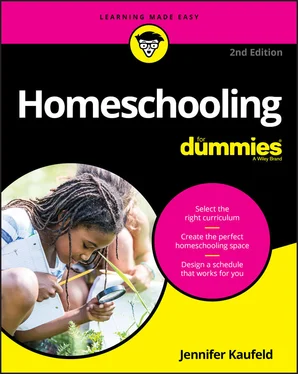
 Older elementary students need basic information about maps, continents, rivers, hemispheres, peoples, and latitudes. An easy way to incorporate everything at one time is to pick a spot on the map and study that spot. After you settle on a country, find out everything you can about it.
Older elementary students need basic information about maps, continents, rivers, hemispheres, peoples, and latitudes. An easy way to incorporate everything at one time is to pick a spot on the map and study that spot. After you settle on a country, find out everything you can about it. Instead of social studies, I teach biography, history, and culture from various time periods. I also cover geography as a separate class. More of a classical education approach (see Chapter 11for more about classical education), it starts with history and brings it to life. Then I answer any miscellaneous social studies questions that arise along the way.
Instead of social studies, I teach biography, history, and culture from various time periods. I also cover geography as a separate class. More of a classical education approach (see Chapter 11for more about classical education), it starts with history and brings it to life. Then I answer any miscellaneous social studies questions that arise along the way.

